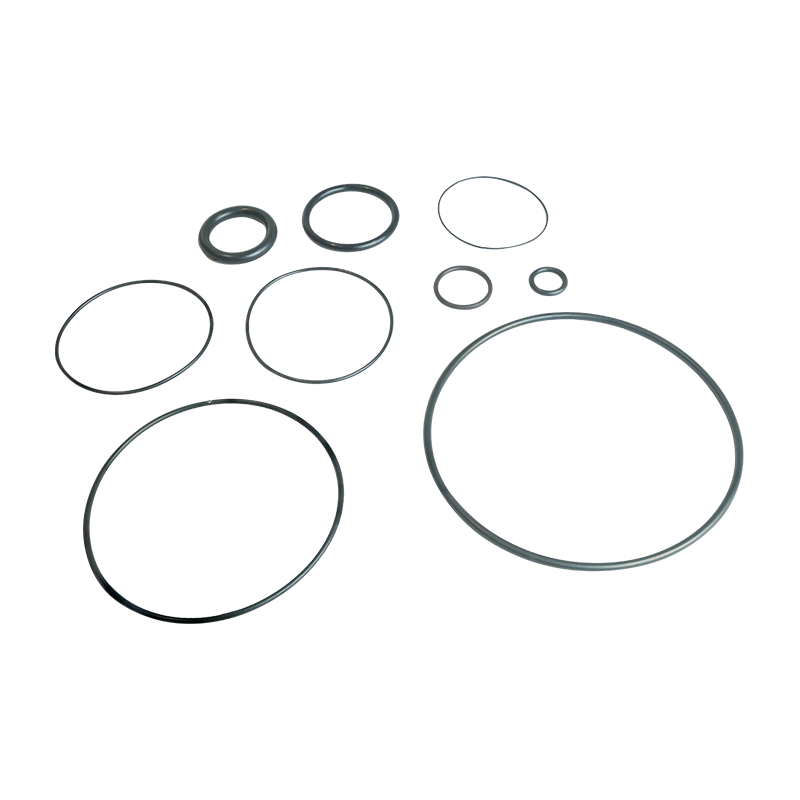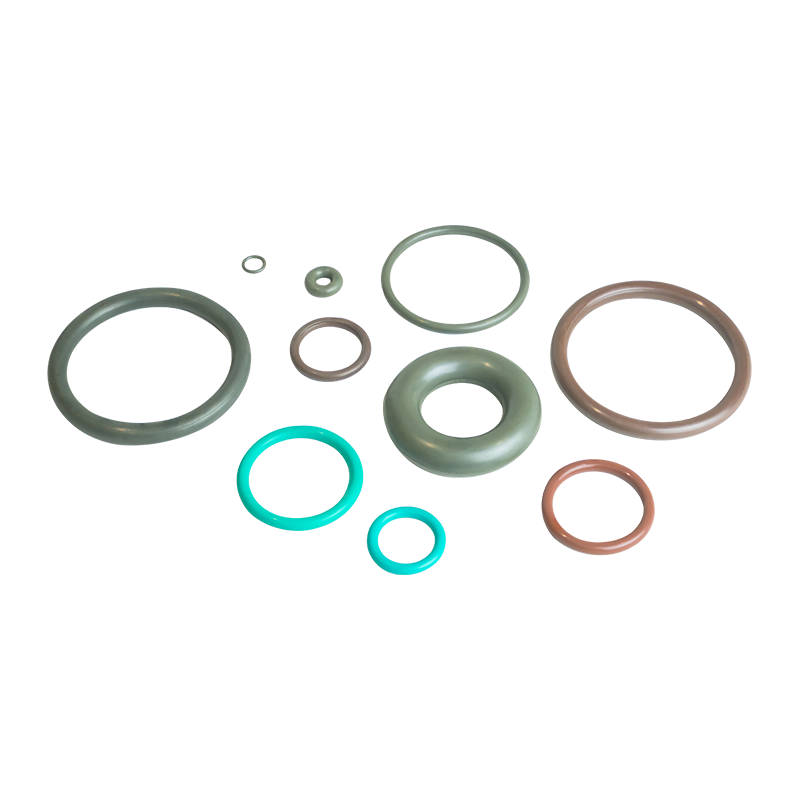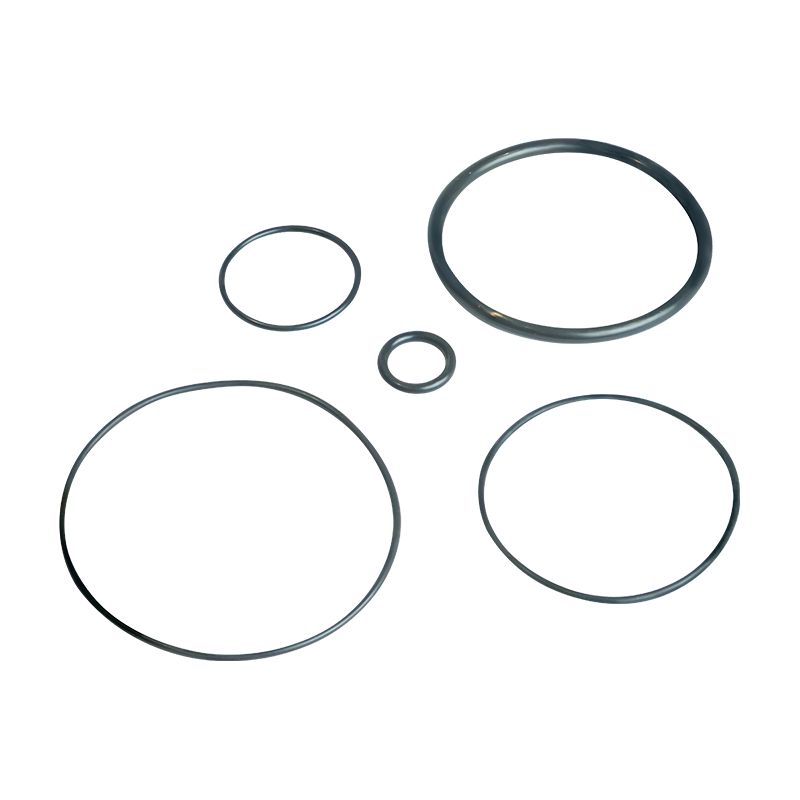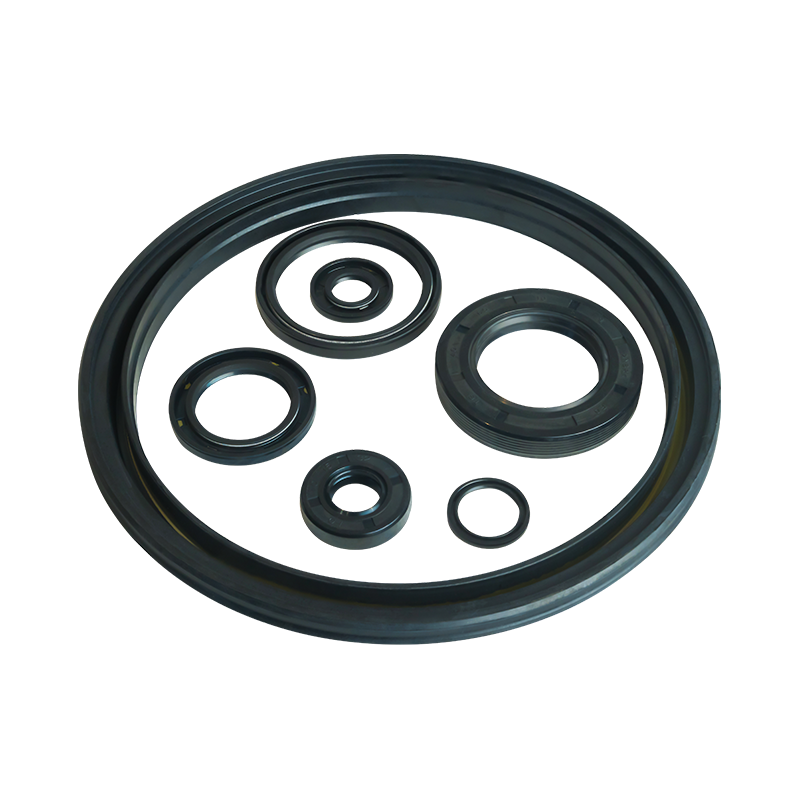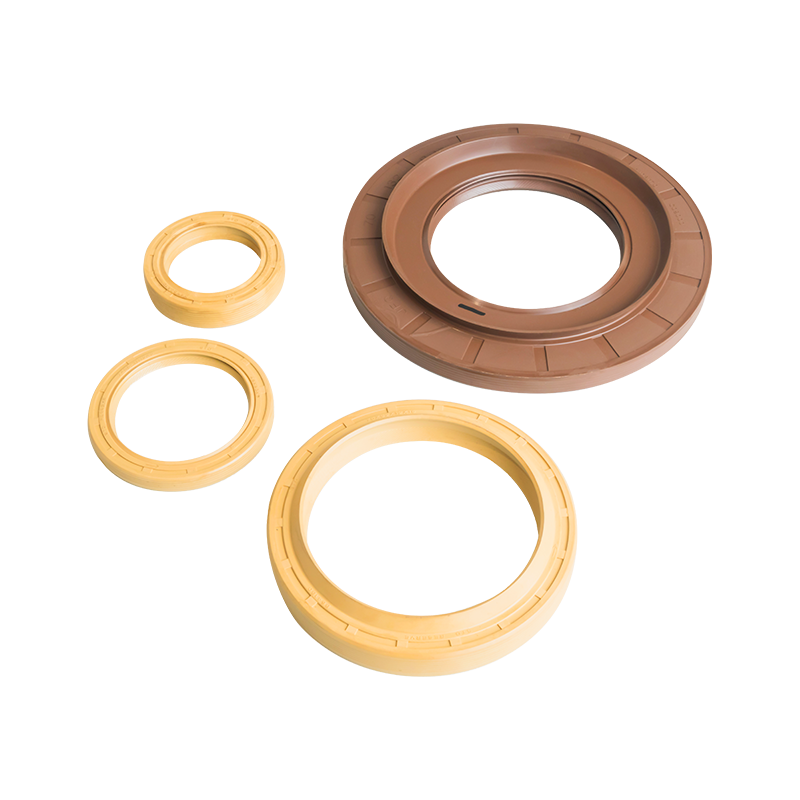The secret of the sealing effect of oil seals: the power of stable oil film
In a complex and ever-changing industrial environment, oil seals are indispensable sealing components in mechanical equipment, and their performance is directly related to the operating efficiency and life of the equipment. The reason why oil seals can still maintain excellent sealing effects under harsh conditions depends largely on a stable and subtle oil film formed between the shaft and the sealing lip.
Oil film: the guardian of the seal
The oil film, a seemingly simple liquid layer, is actually the core of the sealing effect of the oil seal. It is like an invisible barrier that prevents the leakage of lubricants and blocks the invasion of external impurities. The formation of this oil film is not accidental, but the result of the combined effect of the surface tension of the liquid and the elasticity of the sealing lip. When the oil seal is installed on the shaft and moves with the rotation of the shaft, this crucial oil film is gradually formed in the tiny gap between the sealing lip and the shaft surface.
Influencing factors: multi-dimensional considerations
The thickness and stability of the oil film are not static, they are affected by a variety of factors. First of all, the viscosity of the oil is one of the key factors that determine the characteristics of the oil film. High-viscosity oil can form a thicker and more stable oil film between the shaft and the sealing lip, thus providing a better sealing effect. However, too high viscosity may also cause the oil film to be too thick, increase friction resistance, and affect the operating efficiency of the equipment.
Secondly, the medium temperature also has a significant impact on the stability of the oil film. As the temperature increases, the viscosity of the oil usually decreases, resulting in a thinner oil film and a weakened sealing effect. Therefore, when selecting oil seals and lubricants, the operating environment temperature of the equipment must be fully considered to ensure that the oil film can remain stable throughout the working cycle.
In addition, the movement speed and the roughness of the shaft surface are also important factors affecting the stability of the oil film. A high-speed rotating shaft will aggravate the disturbance and rupture of the oil film, while a rough shaft surface may destroy the integrity of the oil film. Therefore, during the design and manufacturing process, the machining accuracy and surface quality of the shaft need to be strictly controlled to optimize the formation and maintenance conditions of the oil film.
Technical Challenges and Solutions
In the face of these factors that affect the stability of the oil film, engineers continue to explore and innovate to improve the sealing effect of oil seals. On the one hand, they optimize the design and material selection of oil seals to enhance the elasticity and wear resistance of the sealing lip to better adapt to the sealing requirements under different working conditions. On the other hand, they deeply study the rheological properties of oil and develop lubricants with higher viscosity index and better thermal stability to ensure that the oil film can remain stable over a wide temperature range.
At the same time, with the development of intelligent manufacturing and Internet of Things technology, real-time monitoring and intelligent adjustment of the working status of oil seals have become possible. By installing sensors and data analysis systems, the thickness and stability of the oil film can be monitored in real time, and parameters such as the supply amount and temperature of the lubricant can be automatically adjusted according to the monitoring results to maintain the best sealing effect.
The sealing effect of the oil seal depends on a stable oil film formed between the shaft and the sealing lip. Behind this seemingly simple physical phenomenon are complex scientific principles and technical challenges. By continuously optimizing the design and material selection, deeply studying the characteristics of lubricants, and applying advanced technologies for real-time monitoring and adjustment, we can continuously improve the sealing performance of oil seals and provide strong guarantees for the stable operation of mechanical equipment.
Sray up to date with allour recent products
- Address: No. 6 Yangsha Road, Chengbei Industrial Park, Huilong Town, Qidong City, Jiangsu Province China
- Phone: +86-13906283641+86-18934546679
- Fax: +86-0513-83698022
- Email: [email protected]




 English
English русский
русский 中文简体
中文简体

